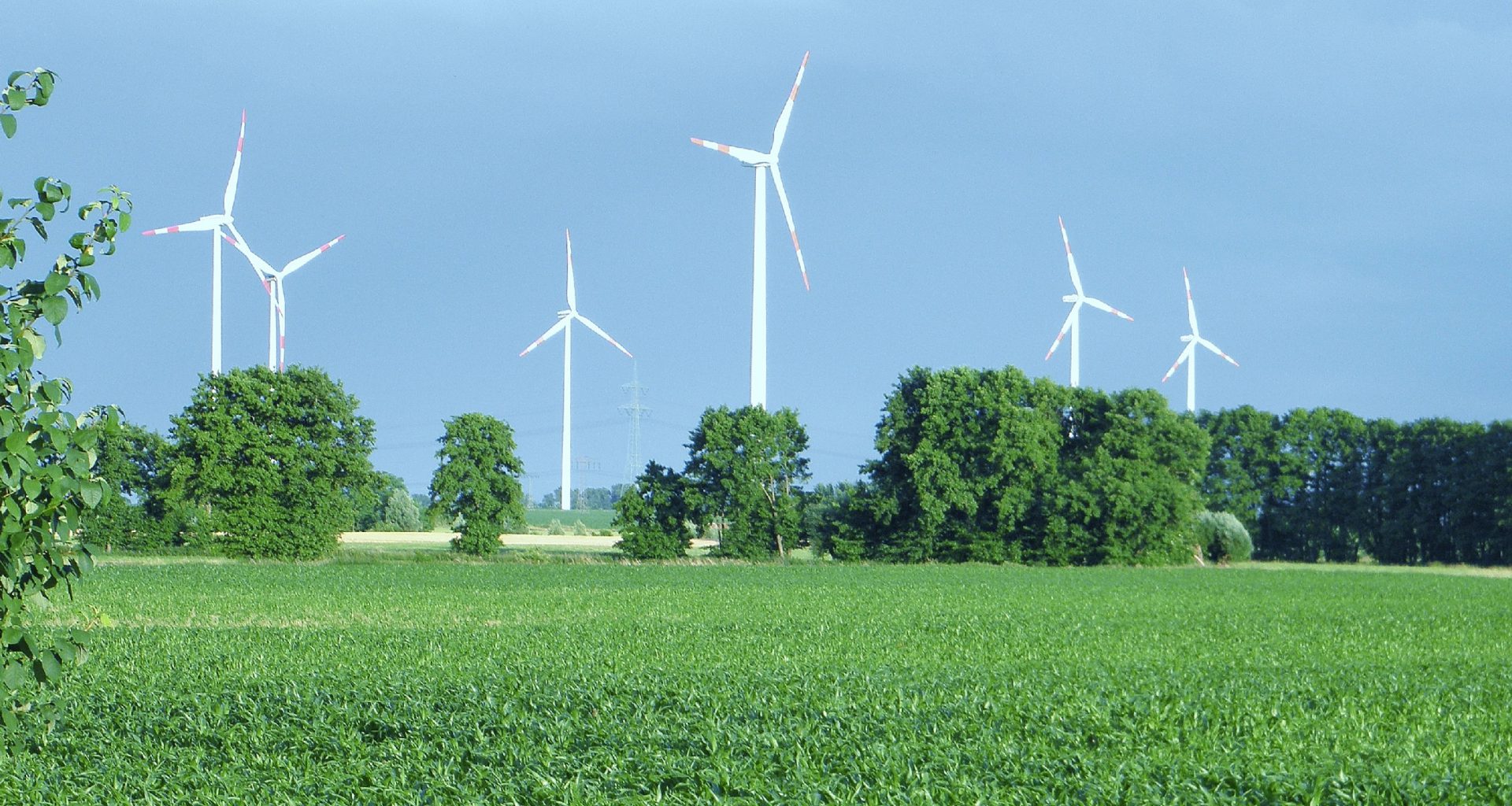conditions, that the country’s wind, hydro, solar, and biomass plants were supplying 87 percent of the country’s power supply. With an inflexible system, power suppliers and consumers weren’t able to quickly react to price signals.
Gas power plants were taken offline but nuclear and coal plants can’t be closed rapidly so they continued to run and thus had to pay to sell power for many hours, while customers such as refineries and foundries made money by using electricity.
As the sun goes in and out and winds increase and decrease, renewable energy peaks and drops, which some people argue is a setback because it will always only have a small part in providing power to major economies.
However, Germany aims to reach 100 percent of renewable energy by 2050, and Denmark’s wind turbines already produce more electricity than the country uses and thus exports remaining electricity to Germany and other countries. Perhaps a vision not too far out of reach.




